Are you expecting to live with an elderly relative at home? Or are you considering building a home that is safe and comfortable for all ages? Whatever the reason may be, this guide can offer efficient ways to help you create an elderly-friendly home. Keep reading!
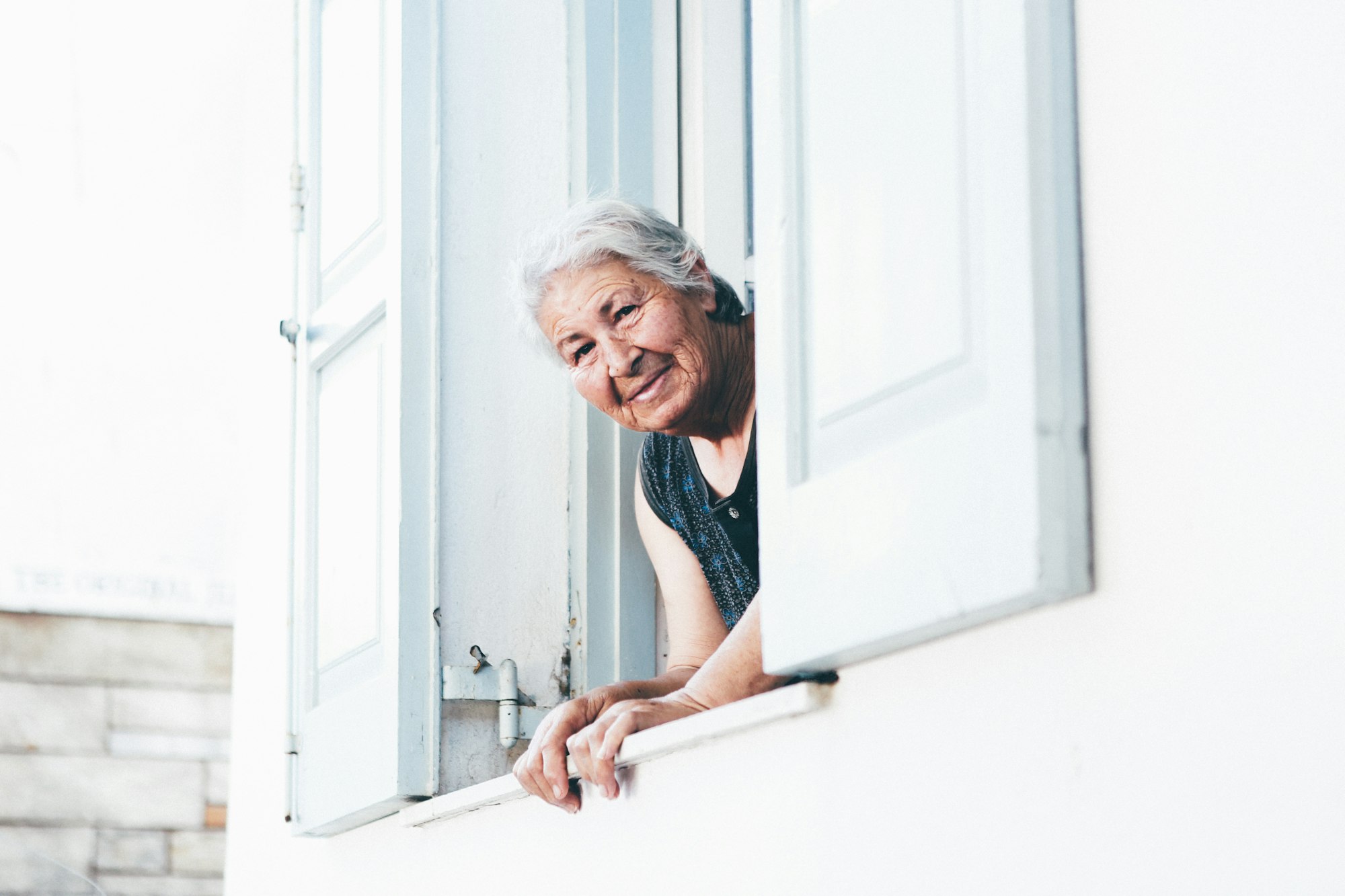
Your top priorities in designing an elderly-friendly home include three things: (1) vision support, (2) ergonomic design, and (3) safe mobility. Building a conducive environment for an aging person means catering to his or her already existing disabilities while proactively preventing other sources of discomfort. To make your design more effective, think in the shoes of the elderly and anticipate how they would experience doing simple activities at home.
Vision Support

Essential Rooms and Hallways Should Be Well Lit
Age-related vision changes are common hindrances in performing simple activities at home. Over time, the an elderly person will naturally need better lighting to navigate the house without tripping or falling. Improved indoor lighting is important not only for safety but also for encouraging activity at home. Did you know that old people tend to have better mental health when they can freely move and keep busy with things they enjoy?

Pro-tip: Use motion-sensor lights to save energy. These lights respond to movement and intensify light in the direction of the movement.
Aid Vision with Contrasting Colors
The elderly may find it difficult to distinguish between objects that have similar colors. Consider adding contrast between things like the toilet bowl and the bathroom tiles for easier identification. For houses with stairs, it is important to mark the edges of each stairstep to facilitate safe landing.
Ergonomic Design
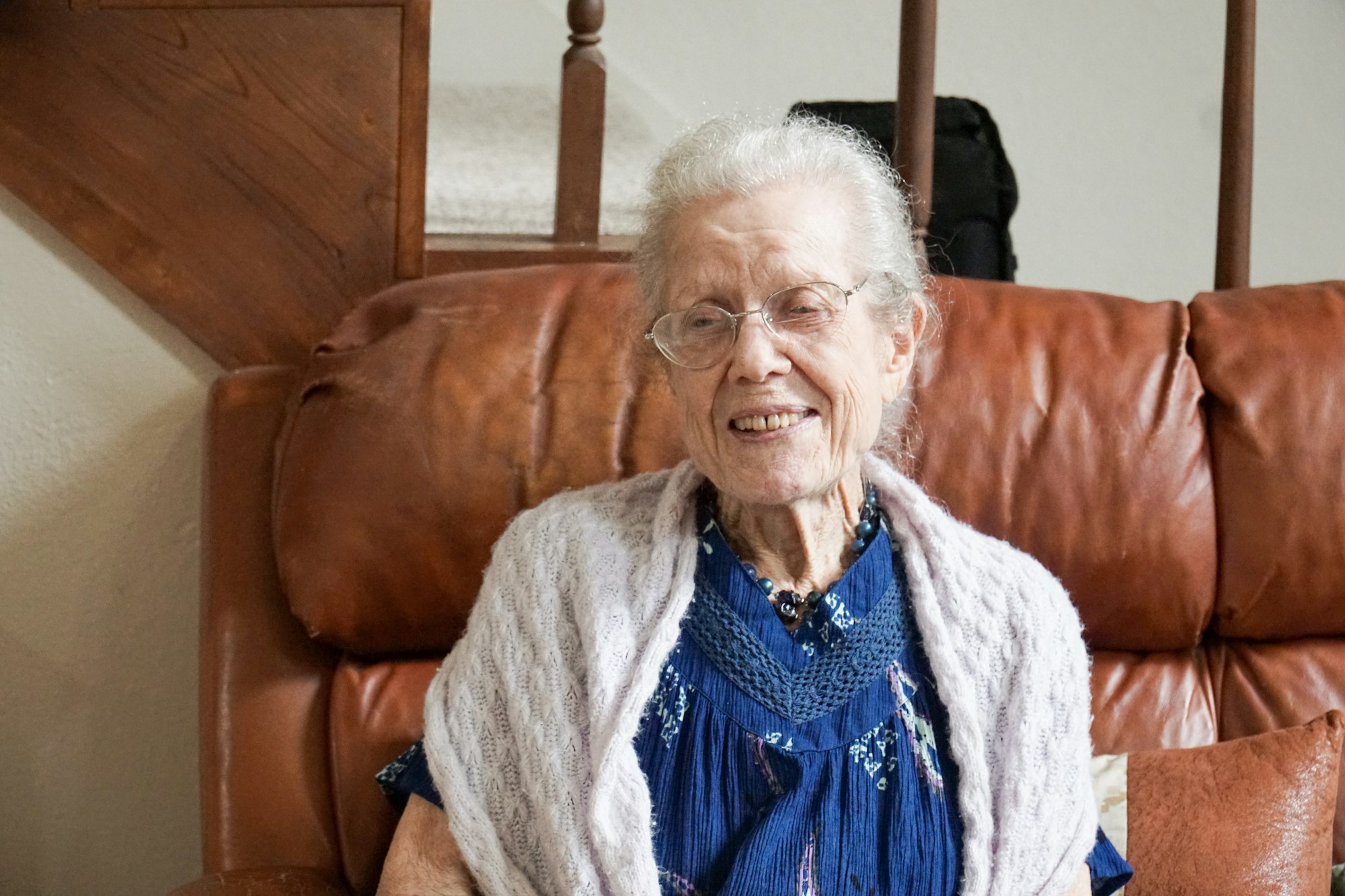
Make Movement Easy for the Hands
Door and faucet knobs can cause discomfort, especially for the elderly suffering from arthritis. Knobs are also difficult to use with sweaty or slippery hands. To improve the user experience of the elderly at home, consider using door and faucet lever handles. These kinds of hardware are good long-term investments for everyone’s comfort at home.

In addition, using a rocker switch instead of toggle switches can make it easier to turn on or turn off lights. In certain situations, one can conveniently switch the lights on or off by using his or her elbows.
Build Wider Doors and Hallways
Doors and hallways should at least be 3.5 ft wide to allow the passage of wheelchairs. If possible, minimize the steps or add an inclined path to the main entrance. Doing this can ensure easier movement for the elderly suffering from difficulty walking.
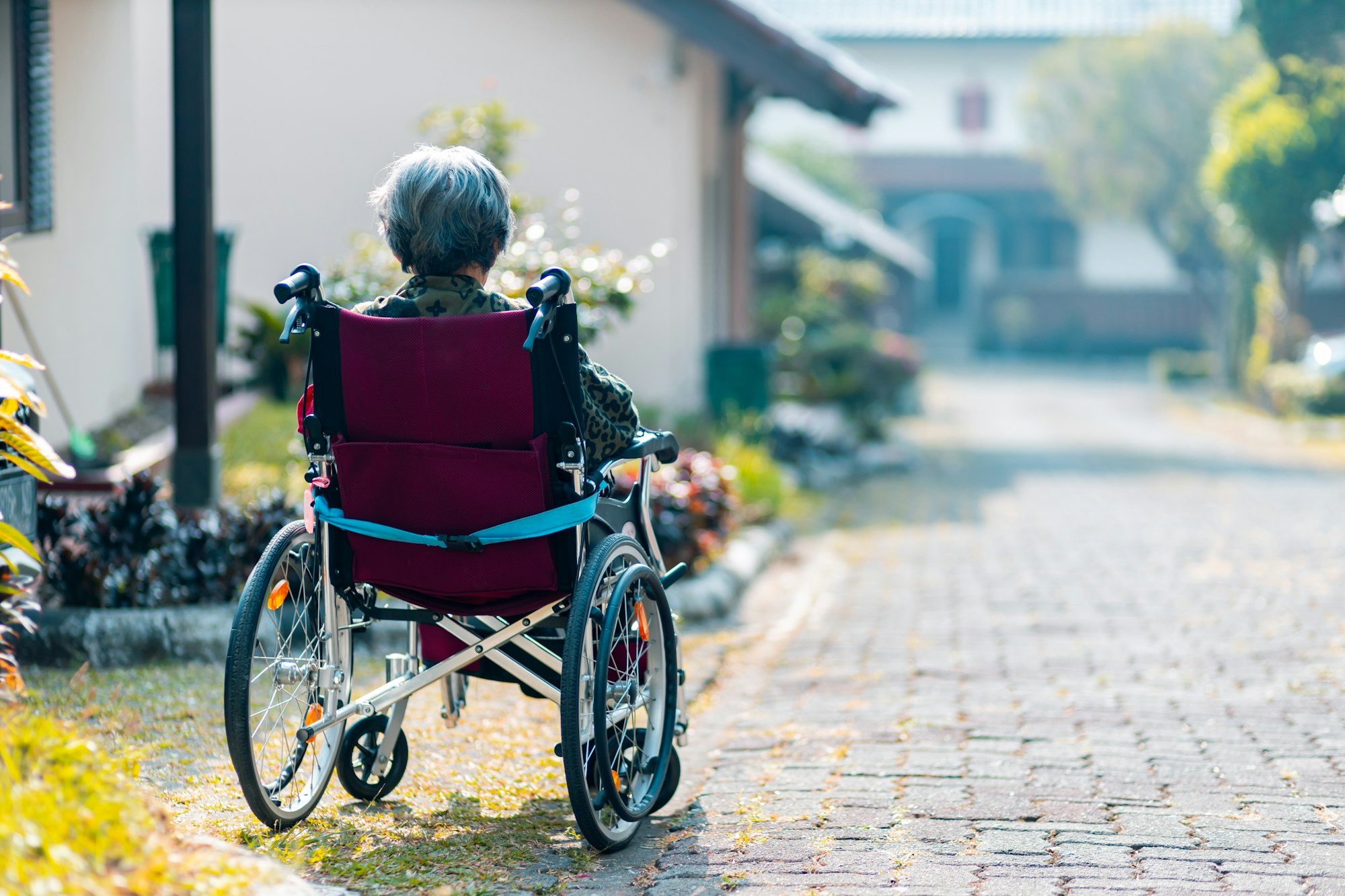
Doors should also open outwards. In case of an emergency, someone can immediately enter the room without getting stranded.
Consider Incorporating the Kitchen Triangle
The kitchen triangle or the “golden triangle” is a design layout that ensures the working area is comfortable and practical. The kitchen essentials namely the sink, stove, and refrigerator form a triangle with each side having a length of no less than 13 ft and no more than 26 ft.
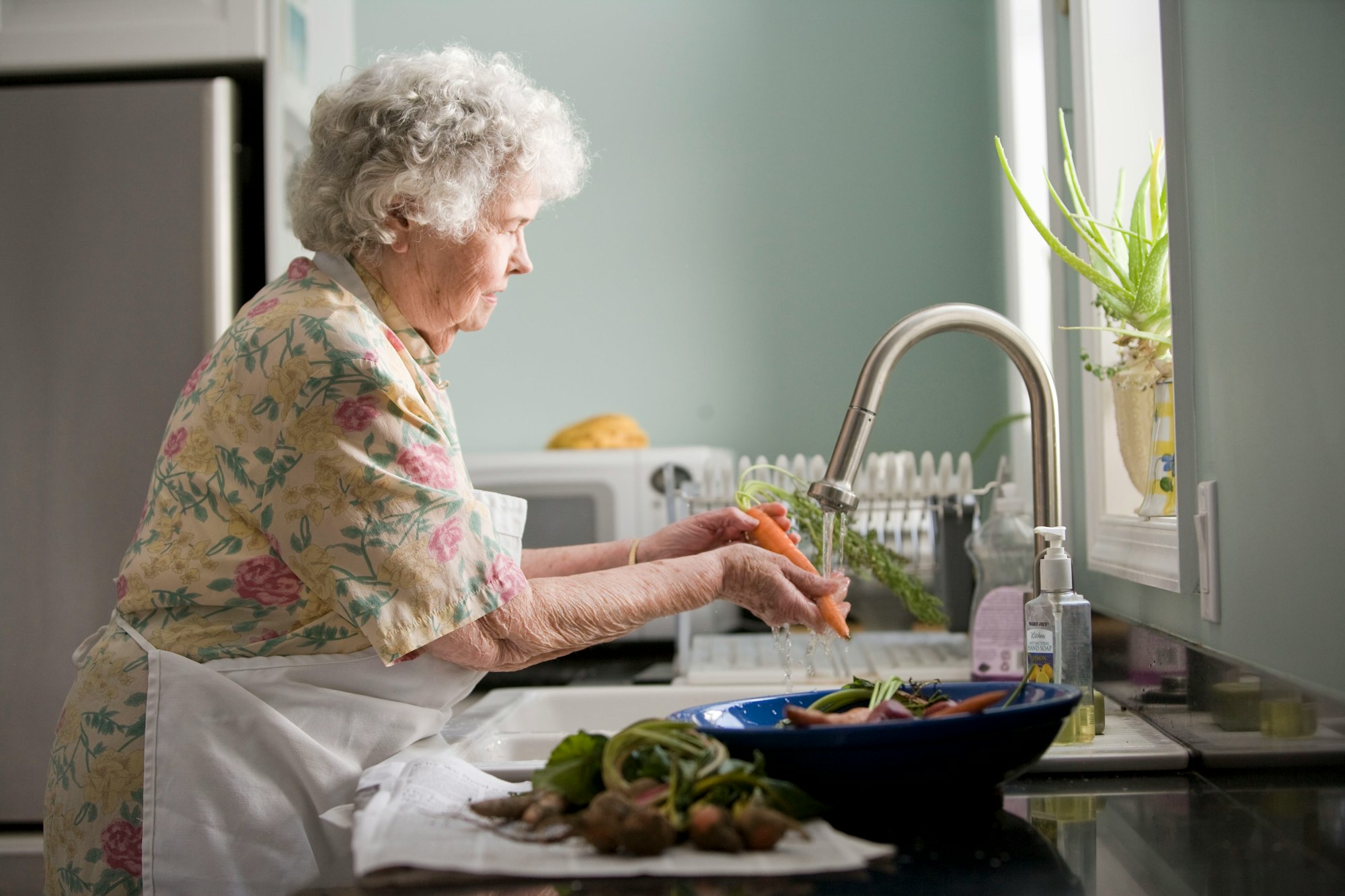
The kitchen triangle aims to cut construction costs by maximizing the kitchen space. The area is large enough to work smoothly without needing to walk long distances from one point to another. However, if you have a bigger family with more people working in the kitchen, then you may consider other design layouts that will work best for you.
Minimize the Need to Bend Over
The elderly experience reduced flexibility over time. To save them from preventable discomfort, reduce the need to bend over. For example, put benches or tables near the main entrance where your elder companions can put their things temporarily as they unlock the door. A bench can also be useful in helping them wear shoes or sandals when going out.
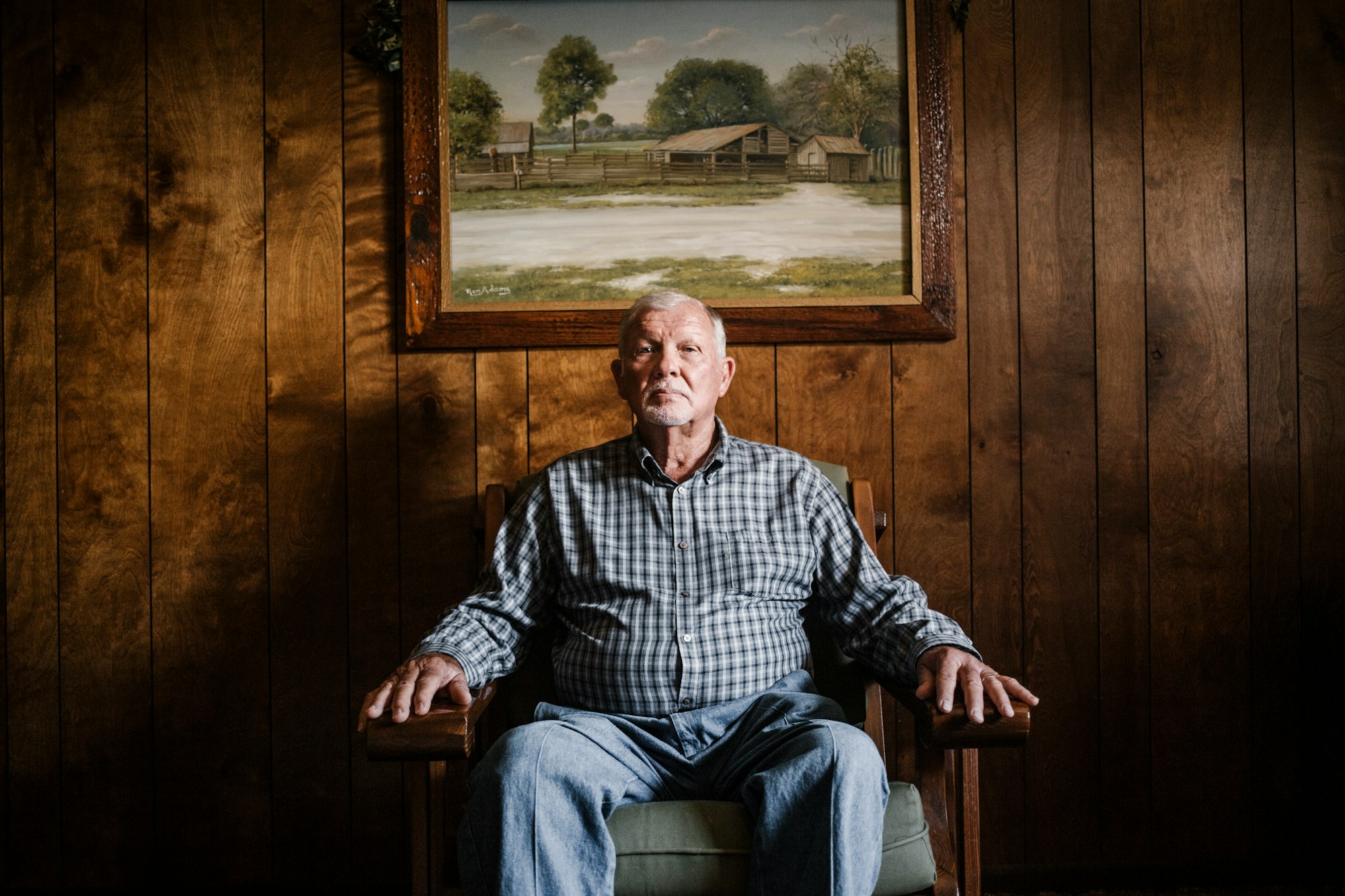
Next, make sure electric plugs are neither too low nor too high to access. Find a way to work out an interior design that positions electric plugs at tabletop heights. Similarly, this idea applies to commonly used appliances and kitchenware. Avoid putting everyday utensils in low-level drawers or cupboards. Moreover, make sure that the oven is easily accessible at a comfortable height.
Safe Mobility
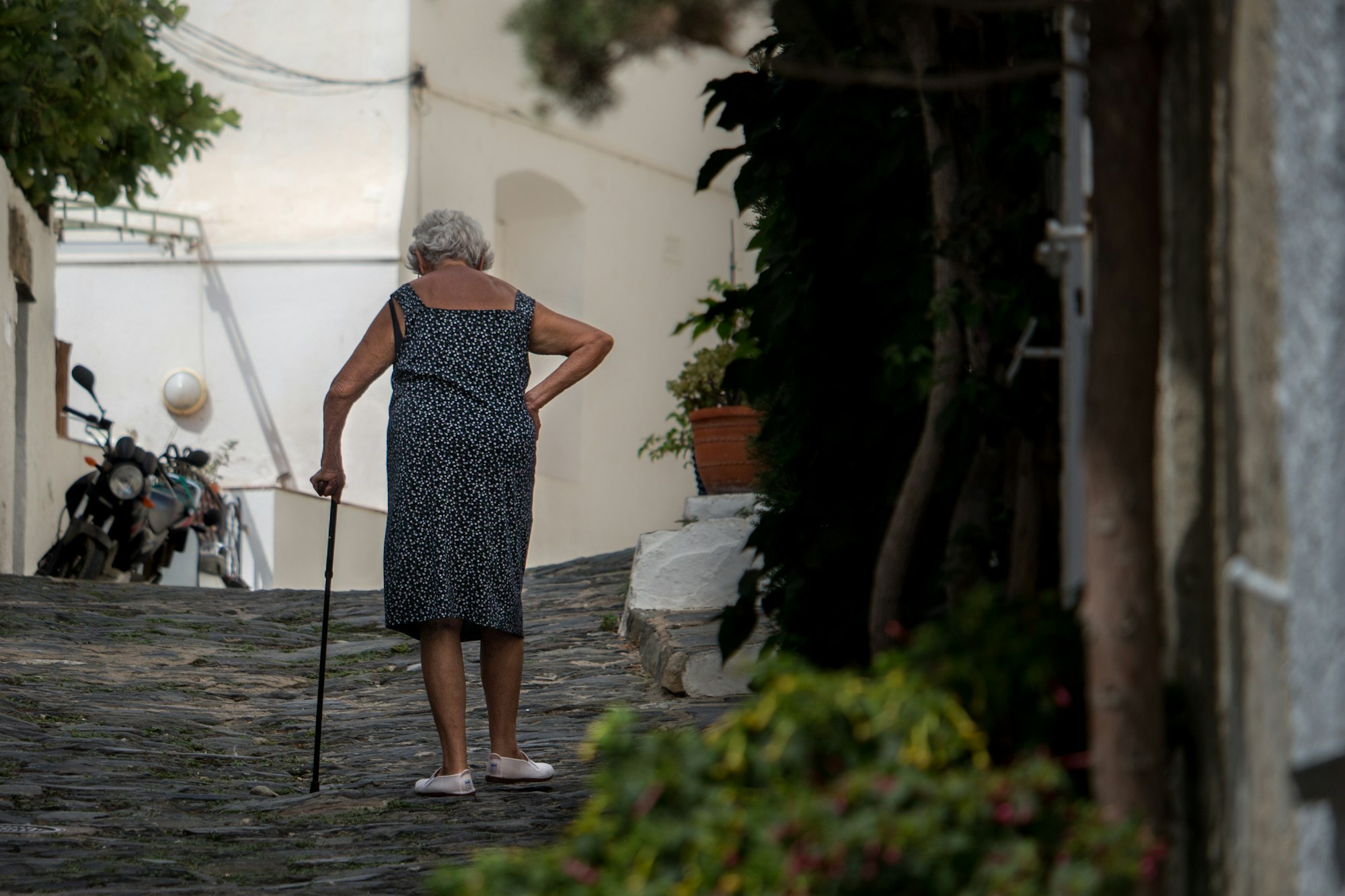
Keep Movements Intuitive
Movement becomes more intuitive when your elder companion can immediately reach the ground above the bed they use. He or she can confidently get out of bed if the floor is within reach. There is no need to grope for the floor which may put him or her off-balance.

In terms of chairs and living room furniture, a study found that chairs that are above the recommended height work best for older people. If high enough, the elderly can seat and stand up without needing to exert too much effort. Cushion pillows and recline features can also be used to relieve discomfort.
Provide Built-in Support
Stairways should have handrails on both sides to guide the elderly. Emergency lights should also be set up in frequently visited areas and above exit doors. Ensure that the floor is slip-resistant by putting non-skid mats under rugs. For carpeting, use low-pile carpets because the fibers do not get entangled with walkers.
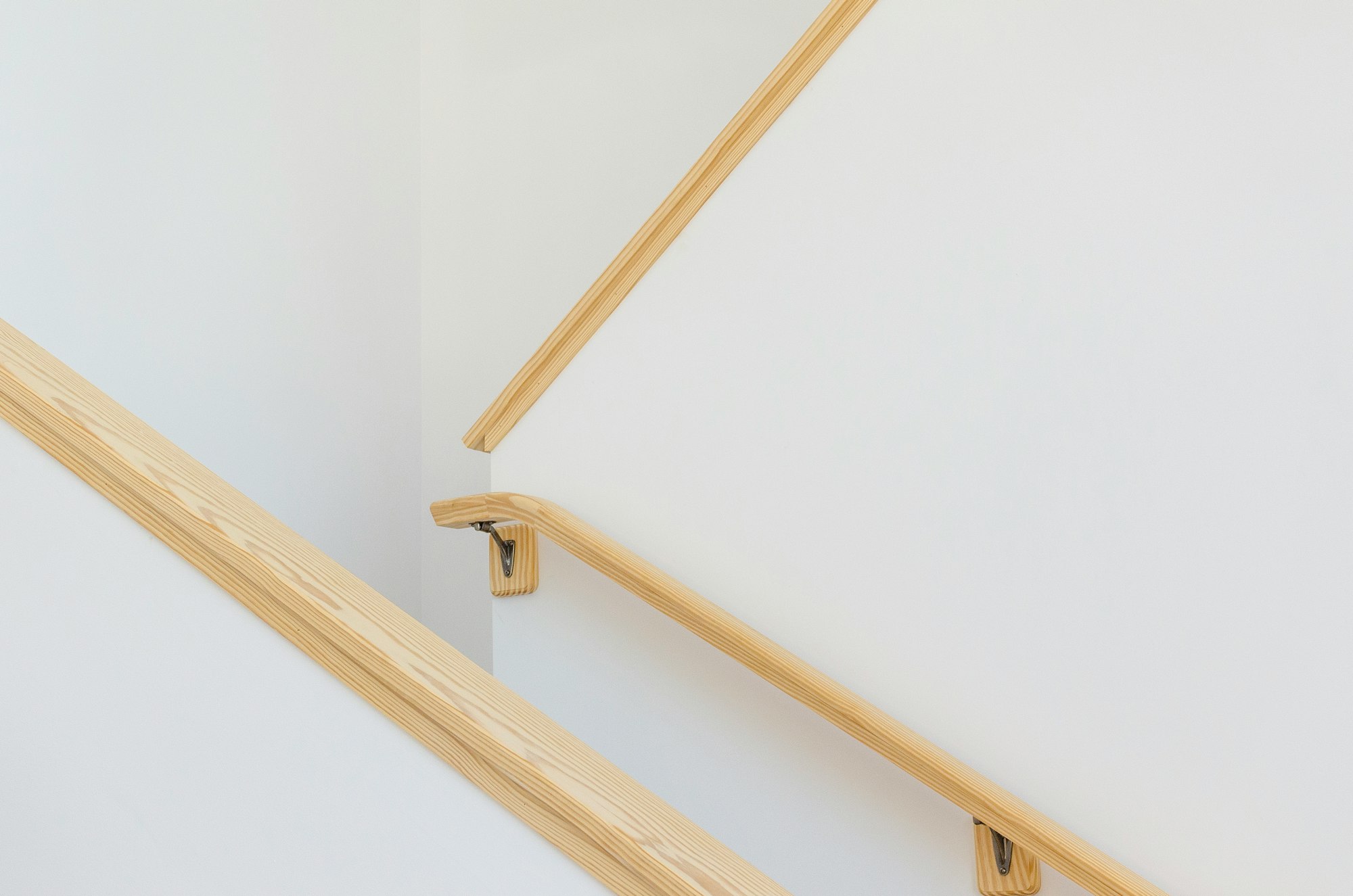
In the bathroom, grab bars should be installed to support moving around slippery floors. If possible, add a wall phone inside to make it easier for old people to seek assistance. An elder companion with limited mobility may also prefer a handheld shower over a fixed one. Finally, use single-headed faucets or pressure-balanced valves to avoid scalding.
Build a Home Everyone Can Enjoy
A home truly becomes a long-term investment when it is designed to accommodate the elderly. When you create systems that allow an elder companion to live comfortably, you lessen their anxiety about aging. You give them company without making them feel like a burden. More importantly, you give them something to live for even if they think they have already lived enough.
Sources:
Mazlan A. (2012, July 22). Home for the Elderly: 9 Design Considerations. Retrieved September 6, 2022, from Dengarden website: https://dengarden.com/safety/Home-Design-Ideas-for-Our-Old-Age
